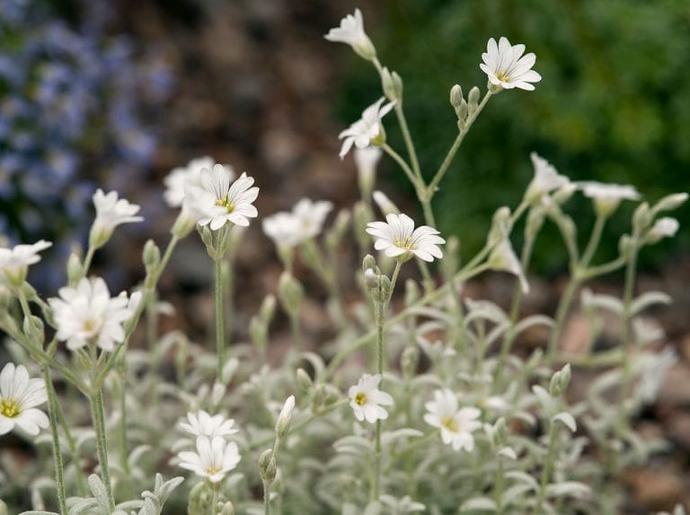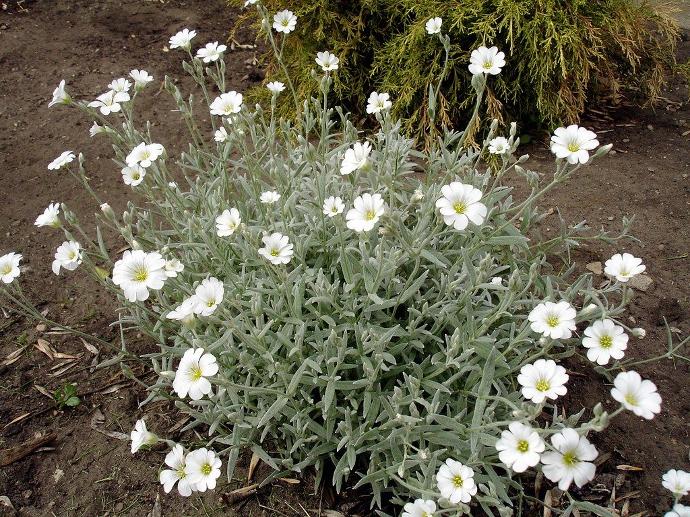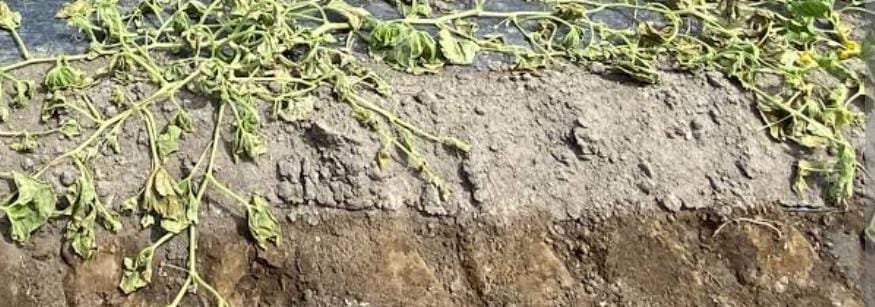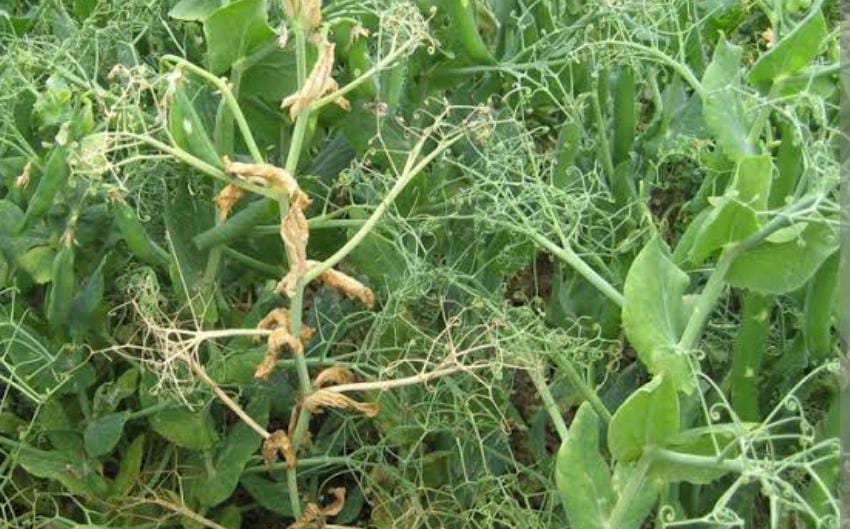Summer snow plant
Summer Snow, possibly referring to a specific plant variety, may have varying care requirements. Generally, provide well-draining soil, appropriate sunlight, and regular watering. Pruning and fertilizing practices may vary based on the specific characteristics of this plant.
Habit
Shrub
Height
0.5-1.2 m
Growth
Moderate
Soil
Well Drained, loamy
Shade
Partial shade to full Sun
Moisture
Moist
Edible
No
Medicinal
No
Origin
North America
Climatic Condition
Temperate
Temperature (°)
15-25°C
Humidity (%)
50-70%
Potting media
Loamy, peat
Fertilizers
Organic, balanced NPK
Watering
Regular
Plant Weight
200-500 g
Flowering Time
Summer, Fall
Soil Ph level
6.0 - 7.0
Water Ph level
6.0 - 7.0
Soil EC
1-2 dS/m
Yield Per Plant
Ornamental, ground cover
NPK ratio
10:10:10
life Span
Perennial
Health Benefits
Ornamental, bee-friendly
Suggested Grow Media or Potting Mix ?
40% peat moss, 30% compost, 30% perlite
Suggested Fertigation/Fertilizers
Fertilize every 2 weeks with a balanced, water-soluble fertilizer.
Common Diseases and Remedies
Bacterial blight, verticillium wilt
young shoots develop black stripes or one side of the shoot turns black
neem oil
HEALTH BENEFITS
· Essential oil has antibacterial and antifungal properties.
· Used in traditional medicine for respiratory relief.
What is Summer Snow
Cerastium tomentosum is an herbaceous flowering plant belonging to the Caryophyllaceae family. It is generally distinguished from other species of its genus by its "tomentose" or felt-like leaves. It is a low-stature perennial that grows naturally in the alpine regions of Europe.
What Are The Different Types Of Summer Snow
Floribundas (Latin for "multiple flowering"):
are a group of modern garden roses developed by crossing the hybrid his tea and the polyantha his rose. The polyantha rose is a result of a cross between Rosa chinensis and Rosa multiflora (sometimes called "R. polyantha"). (called "Rosa multiflora") has appeared. [1] The idea was to create a blooming rose that combines not only the richness of polyantha, but also the beauty and color palette of a hybrid his tea flower.
Hermanus:
is a type of rose that is native to East Asia, northeastern China, Japan, Korea, and southeastern Siberia, where it grows along the coast, often on sand dunes. It is not to be confused with Rosa multiflora, also known as "Japanese rose", which is found in the western Himalayas.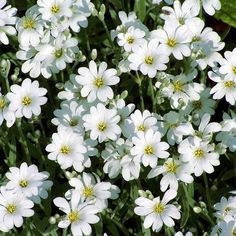
How To Care Summer Snow
Location
Ideal locations are along slopes, embankments, rock gardens and curbs. Will it be able to withstand foot traffic in the summer due to the accumulation of snow? Although it is a fast-spreading groundcover, it is very suitable and is not a suitable plant for high-traffic areas.
Sunshine
Very harmonious growth, the rose with rich yellow flowers does not fade even in the sun. It is highly disease resistant and cleans well, making it a recommended variety for home gardens and group plantings.
Soil
Roses are very adaptable and can be grown in almost any type of soil as long as it is well-drained, deep and contains plenty of humus (rotten organic matter). However, the best soil is a medium to heavy clay soil that is at least 35 cm thick on top of a good clay subsoil.
Hydration
Established roses – water every 2-3 days. Newly planted or potted roses – water daily. Once the roses begin to bloom, keep an eye on the flowers to see if they are wilting. This can happen in extreme heat, but is a sure sign that your rose needs more water.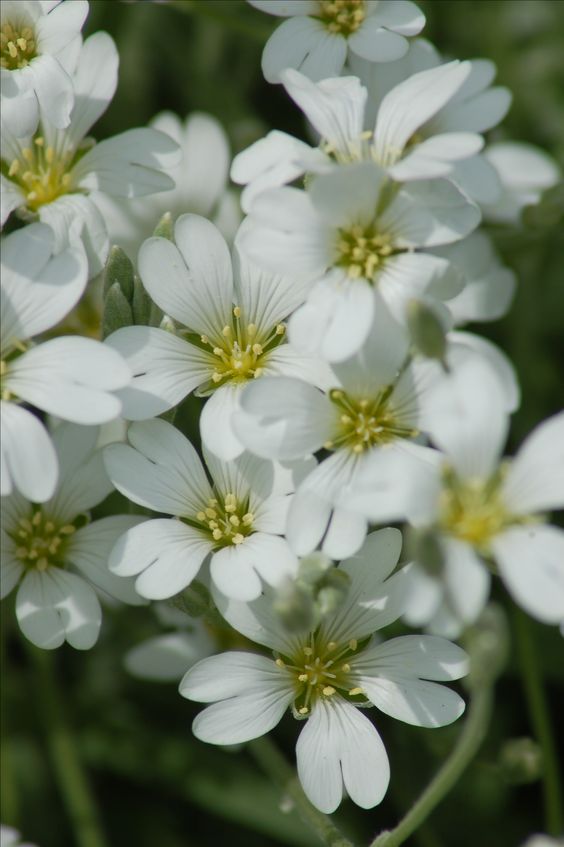
Nourishment
There is a special rose plant nutrition tailored to the higher phosphorus needs of roses, with an N-P-K ratio of 18-24-16. However, roses do not necessarily need special fertilizers.
Issues
Even with snow in the summer, serious disease and insect problems are rare. Seeds may not germinate if the soil is too wet or has too much shade. Poorly drained soil can cause root rot in established plants. These perennials are short-lived by nature, so dead spots appear after a few years.
What Are The Benefits Of Summer Snow?
Snow, which grows moderately in summer, makes an excellent ground cover in dry, sunny areas. Because it is deer resistant, it is often used in rock gardens and as a cover to fill in after the spring bulbs die back. It can also be used to fill gaps in stone walls.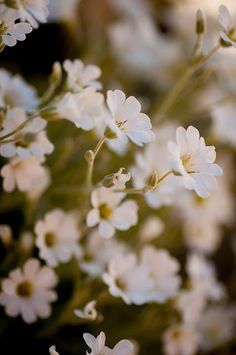
FAQs About Growing Summer Snow
1. What does summer snow mean?
European creeping perennial (Cerastium tomentosum) of the Rosaceae family with hairy grayish leaves and white flowers, often used as a groundcover.
2. What is the name of the plant called snow?
Cerastium tomentosum (dusty miller, Jerusalem star, summer snow, snow plant, woolly chickweed)
3. What plants in Colorado have snow in the summer?
Snow-In -Summer grows to about 8 inches tall and 24 inches wide at maturity. Its leaves tend to be clustered low to the ground. It grows quickly and under ideal conditions can be expected to have a lifespan of about 10 years.
4. What properties do snow plants have?
The plant is bright scarlet, but the ripe fruit is pinkish-red. It is a fleshy, glandular puberty. The leaves are scale-like. The inflorescence is a raceme of closely arranged flowers.
